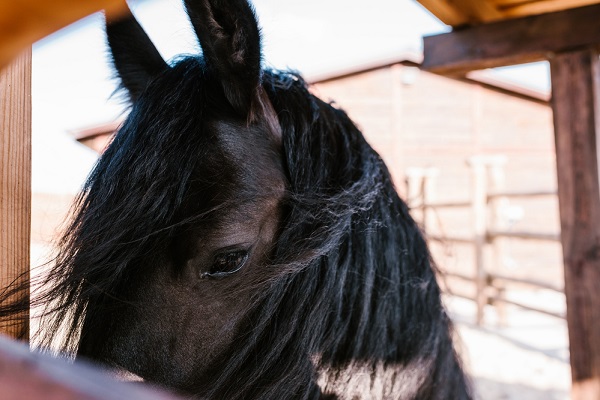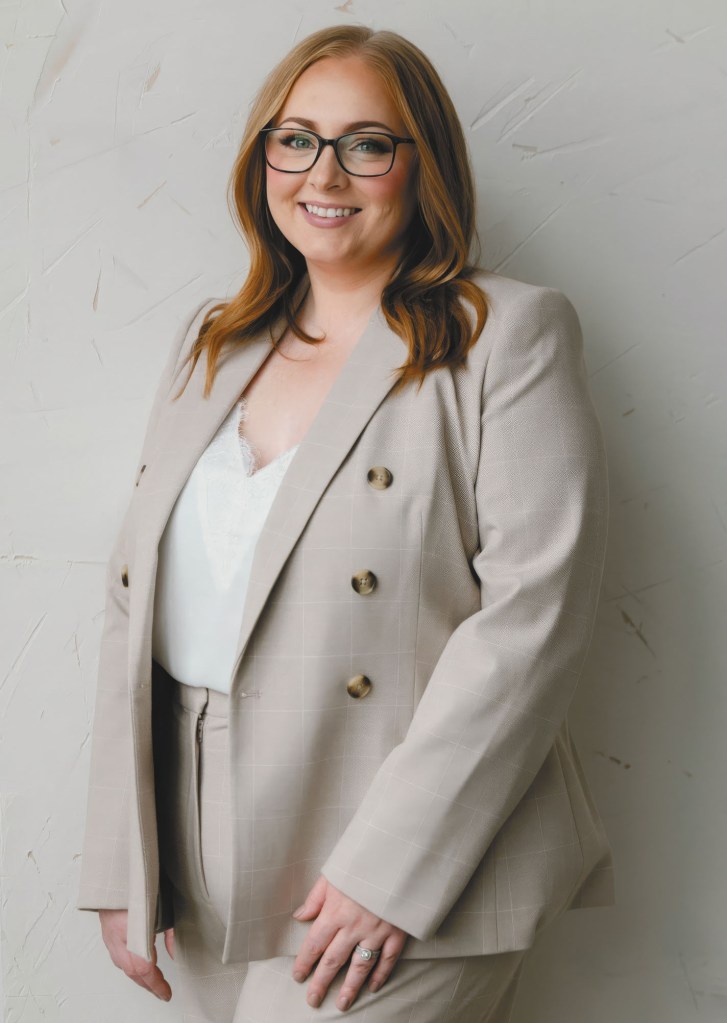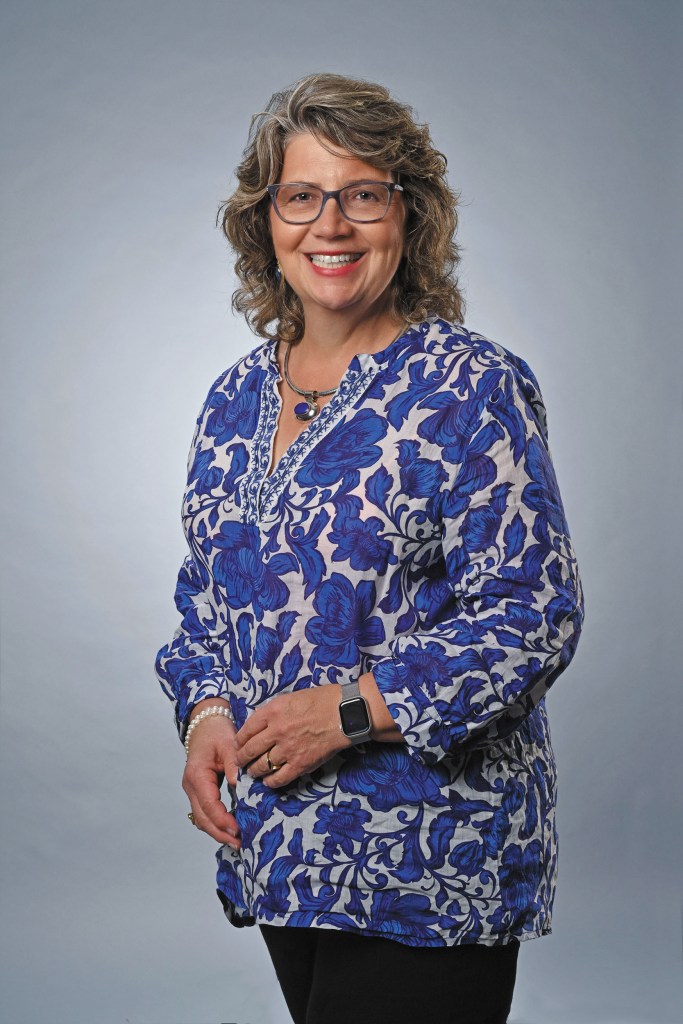How to Identify Coverage Gaps and Solutions for Your Equine Clients

By: Olivia Overman
In the tight-knit community that is the equine industry, having a comprehensive understanding of the risks clients face on an ongoing basis, as well as being able to offer opportunities for risk mitigation, will help agents become the customized service aficionados that clients in this niche market are looking for.
Here are three things agents need to consider when guiding clients toward the appropriate coverage for their needs:
1) Know your clients. “It is important to remember it is not what you insure, but who you insure,” says Tara Trout, director of farm and equine, AHT Insurance, a Baldwin Risk Partner. “Get to know your clients: what are their concerns, how will they utilize the coverage, what pre-existing conditions does the horse have, what is the ownership structure for the horse? Clients might think they know what you need to know, but it is vital to remain diligent with questions and flush out all details prior to a claim.”
Personal relationships are valuable in this specialty industry. “Agents need to have a comprehensive understanding of their clients’ and their horses’ needs,” says Vanessa Larkin, underwriting manager, equine mortality division, Great American Insurance Group. “Many agents with whom we work closely have direct involvement in the industry through training or riding and they are truly experts in the equine industry.”
2) Provide coverage education. It is extremely important that agents communicate with clients and use their expertise to help provide the best fitting policy.
“If the client is aware of what the policy does and does not cover and how it would likely respond in the event of a claim, they are able to make educated decisions as to what is best for them,” says Jade Stanbrook, equine insurance broker, equine division, Foy Insurance. “When the customer understands their needs, we can better fit them with an appropriate policy and peace of mind follows.”
In addition, “the requirement to disclose pre-existing conditions on the initial application for coverage is crucial,” Larkin says. “It is extremely important that claim reporting procedures are communicated to any party caring for the horse. If claim reporting procedures are not properly followed or pre-existing conditions are not reported, coverage could be affected.”
While a homeowners policy is silent on the liability offered, most offer medical payments to others caused by an owned animal. However, “while the traditional homeowners policy does not exclude animals specifically, coverage does vary by state and carrier, so it is always best to confirm coverage as limitations or exclusions can be added,” Stanbrook says. “If you have a barn at your home and are boarding horses, this would be considered a business and all liability would be excluded.”
“The private equine liability policies are very inexpensive and should be a no-brainer for people who own or lease horses,” Stanbrook continues. “Liability is a huge gap that needs to be considered when owning or leasing horses and when owning even a small equine business.”
Understanding what the policy does and does not cover is essential. “Continue to encourage the client to read the policy,” Foy says.
3) Identify new risks and solutions. Carriers may offer additional endorsements, such as equine liability and tack insurance, that are helpful to horse owners. “This is a very exciting product as typical homeowners policies have limitations for both tack and liability,” Trout says. “The moment your client leases their horse to another person there may be commercial liability to consider that their homeowners policy and umbrella will not respond to. The tack insurance is exciting because there are limitations on a homeowners policy for property in a variety of situations.”
It’s imperative to identify trends in equine diseases as they develop. “In recent years, the industry has experienced an uptick in claims involving equine degenerative myeloencephalopathy (EDM),” says Jeff Cruey, divisional president agribusiness and equine mortality, Great American Insurance Group. “EDM involves a disease associated with the cervical vertebra and results in a horse being unable to control its movements or gait, often resulting in the euthanization of the horse.”
“Last spring, a deadly equine herpesvirus (EHV-1) led to the International Federation for Equestrian Sports (FEI) cancelling international events in 11 countries in Europe,” Trout says. “Most carriers were implementing full mortality and major medical exclusions on imports from Europe until the threat had passed. This type of risk can have a sudden massive impact to the market without warning.”
Olivia Overman is IA content editor.










